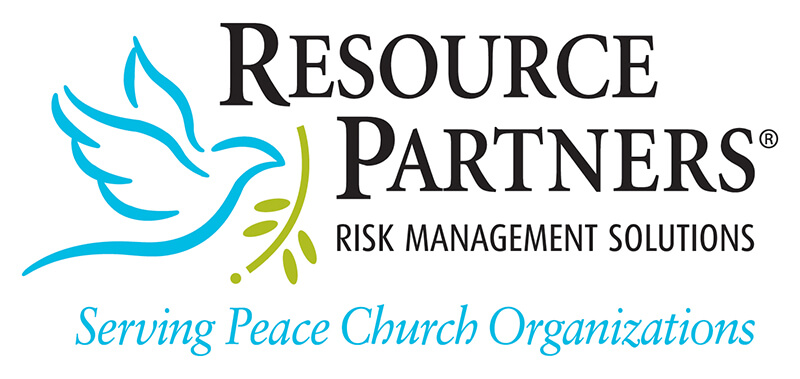Commercial Insurance: What to know
School across the country may be wrapping up for the summer but we wanted to take one more opportunity to provide you with education on some basic commercial insurance principles. Let Resource Partners provide you with a no obligation coverage check-up and give yourself peace of mind before you leave for vacation!
Use the links below for extended definitions
What is commercial insurance?
Commercial insurance, also called business insurance, can shield your organization from costly risks like injuries, theft, property damage, and lawsuits.
Non Profits can purchase different types of commercial insurance coverage, which compensate them for financial losses arising from a variety of situations.
Generally, commercial insurance protects an organization from standard risks, or liabilities, including:
- Potential Lawsuits
- Property theft and damage
- Customer or employee injury
- Unexpected events
It won’t protect an organization against everything, but business insurance can be a lifesaver in (potentially) expensive situations.
What are the different types of commercial insurance?
There are many types of commercial insurance, built to serve a wide range of business needs. Each policy covers specific risks that your business might face. Here are some of the most common commercial insurance policies you’ll come across: Errors and omissions insurance (E&O), also known as professional liability insurance, protects your organization from liability when a client/customer sues over a missed deadline, work error, or other mistakes or oversight.
General liability insurance protects against lawsuits over injuries and property damage involving a client or anyone else who doesn’t work at your organization.
A business owner’s policy (BOP) protects against basic risks and cover damage to your business property.
Cyber liability insurance covers financial repercussions in the event of a data breach or cybersecurity threat.
Commercial auto insurance covers property damage and injuries if your organization’s vehicle is involved in an accident. It also covers vehicle theft and certain types of damage.
Crime can reimburse your organization if one of your employees steals from you.
Workers’ compensation insurance protects your organization from medical bills due to work-related injuries, and lawsuits over employee injuries.
How does commercial insurance work? Essentially, commercial insurance policies pay for financial losses suffered by your organization.
Let’s say your organization experiences a covered event – someone breaks into your office and steals several laptops. You file a claim with your commercial insurance provider. They investigate the claim, assess the damage, and then offer you the funds to buy new laptops and replace the window that the burglar smashed.
Other claims might be a bit more complicated. A liability claim, for example, often involves a lawsuit against your organization.
In these situations, a customer, client, or unrelated third party believes your organization caused them financial damage and wants compensation from you.
If someone sues your organization for an event covered by your policy, your insurance provider will likely connect you with an attorney to take charge of your legal defense. The attorney will either defend your case in court, or offer to settle with the plaintiff.
All of the costs associated with the lawsuit are paid by the insurance provider, up to your policy limits, after you’ve paid your deductible. This includes attorney’s fees, court costs, and any settlement or judgment amount.
Commercial insurance policy details Every insurance policy comes with its share of paperwork and fine print, and commercial liability insurance is no different. Any plan you purchase will include: Premium: This is the amount an organization pays for insurance coverage, or the price of the policy. Factors such as business type, number of employees, location, payroll, years in business, and exposures can all impact your premium amount.
Deductible: Your deductible is the amount you must pay towards a claim before the insurance provider will offer its funds. For example, if you have a $10,000 deductible and a lawsuit costs your business $50,000, your insurance would pay $40,000.
Policy limits: This represents the maximum total amount of money that the insurance policy will pay out. Typically, there’s a limit per claim (per-occurrence limit), and a limit per the life of a policy (aggregate limit). Many commercial liability policies have a minimum total limit of $1 million in coverage.
Coverages and exclusions: The coverage section in an insurance policy details what the policy can and will pay for. Exclusions outline what isn’t covered. A standard exclusion in a liability policy, for example, says that insurance won’t pay the costs if you intentionally harm another person.
Resource Partners will help you pay attention to the details of your policy so you know what’s included and which type of commercial insurance coverage is right for your organization.
This is just a brief outline of all the threats that you could face as a nonprofit organization. Resource Partners is here to help guide you with all your risk management questions and insurance solutions.




